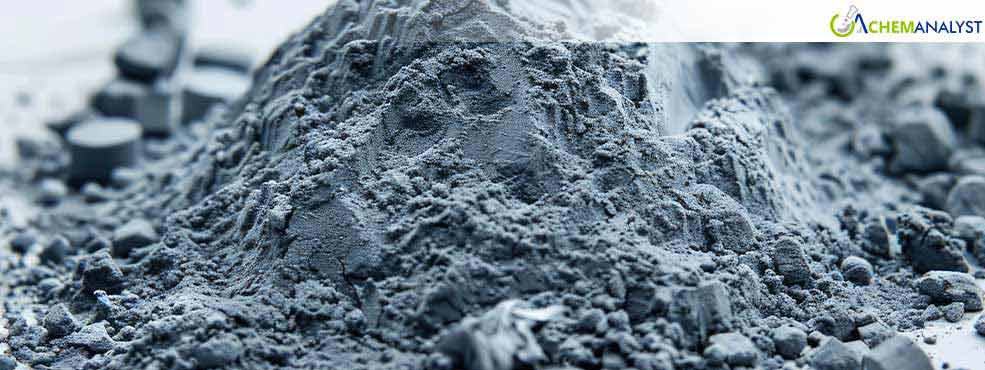Welcome To ChemAnalyst

Fly ash markets in April 2025 displayed varying trends across the US and Germany, driven by shifts in supply conditions, trade policy evolution, and downstream building activity. In the US, prices were stable as a result of balanced market conditions, whereas in Germany, prices were higher as tight supply confronted a slow but consistent building recovery.
These divergent developments emphasize regional variations in energy policy, infrastructure momentum, and sourcing flexibility that influenced the outlook for fly ash in major industrial economies throughout the month.
US fly ash prices were relatively stable in April, supported by efficiently operated supply chains, and subdued downstream demand. While imports from China fell sharply after the tariff was imposed, domestic importers had pre-emptively stocked up, relieving pressure on availability while alternative supplies from Canada, Japan, and Turkey ensured supply stability. Subdued global freight rates also eased procurement costs.
However end-use demand trailed, as cement makers were wary in the face of policy uncertainty and macroeconomic headwinds. High interest rates and ongoing inflationary pressures slowed housing starts, while commercial segments like data centre construction provided only limited support to Fly ash consumption levels. With available stock along the value chain and risk-averse procurement practices in place, the market was in balance, discouraging sharp price movement.
Conversely, the German fly ash market saw a 3.7% price hike in April due to tight supply and incremental demand recovery. Decreased coal-fired power generation—resulting from declining gas prices and seasonal lows in energy demand—curtailed fly ash production while seasonal electricity demand drops further reduced availability. Adding to the problem, low Rhine water levels — impaired inland logistics and raised freight rates— further reducing spot market availability.
On the demand side, producers of cement started increasing fly ash purchases as sentiment in construction improved. Investment in public infrastructure and less severe contraction in overall building activity underpinned the improvement, with leading indicators such as the Germany Construction Activity Index and company-specific performance from suppliers like Geberit indicating that the sector had reached a turning point. This matching of improved demand and tight supply helped generate upward price momentum.
Looking forward, in the US, any relaxation of trade policies or lowering of interest rates could spur new construction and increase fly ash demand. In Germany, continued infrastructure spending and possible changes in the energy market would ensure firm pricing, though supply-side restrictions may persist.
Both markets will continue to be extremely sensitive to general economic conditions—specifically interest rate changes and the speed of energy transition—which will influence fly ash trade patterns and consumption trends over the next few months.
We use cookies to deliver the best possible experience on our website. To learn more, visit our Privacy Policy. By continuing to use this site or by closing this box, you consent to our use of cookies. More info.
